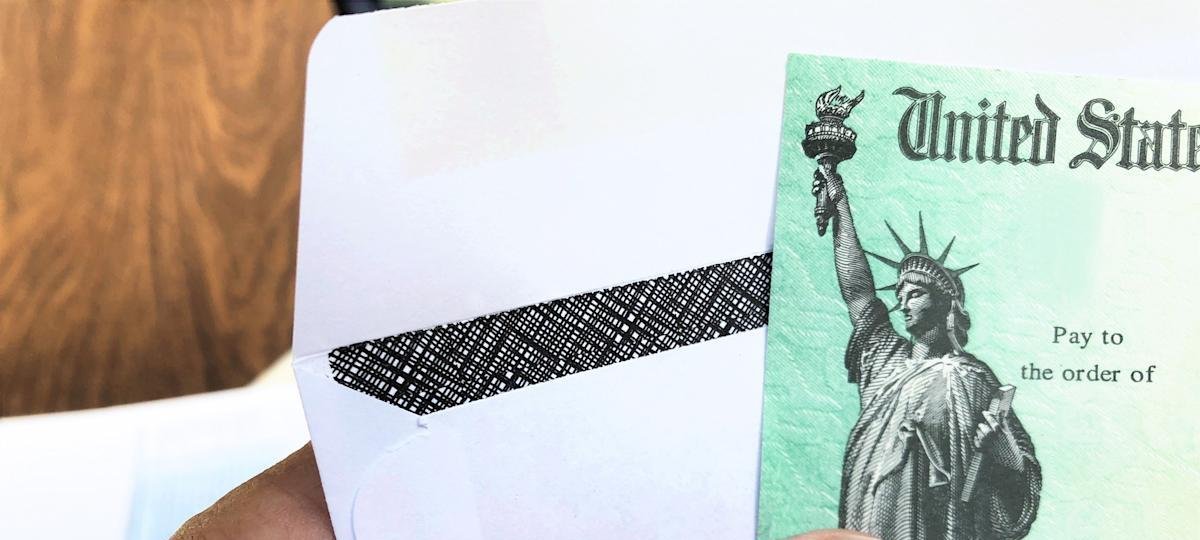Direct deposit to a bank or credit union. Beneficiaries supply routing and account numbers, and funds post automatically on the scheduled payment day. The process mirrors payroll direct deposit used by employers, and most financial institutions do not charge fees for incoming Social Security transfers.
Direct Express debit card. Individuals without a checking or savings account can choose a Direct Express Mastercard issued by Comerica Bank under contract with the Treasury Department. The card loads automatically each month, can be used for purchases wherever Mastercard is accepted, and allows cash withdrawals at ATMs, banks or credit unions. Standard ATM fees apply, though one free withdrawal per deposit is provided at in-network machines.
What current paper check recipients need to do
People who still receive a physical check must enroll in one of the two electronic methods before September 30, 2025. Enrollment may be completed online via the mySocialSecurity portal, by calling the SSA toll-free line, or by visiting a local field office. Those opting for direct deposit will need a bank account; those preferring Direct Express will be guided through the card application during the same call or visit. Once set up, no further action is required because payments transfer automatically.
Internet access not required
The SSA emphasizes that beneficiaries do not need an internet connection to use electronic payments. Individuals choosing direct deposit can continue visiting a bank teller for cash or account services. Direct Express cardholders may obtain cash at ATMs or request cash back when making purchases, similar to any standard debit card. Monthly statements can be mailed upon request, eliminating the need for computers or smartphones.
Benefits of digital delivery
Electronic payments arrive faster than mailed checks, reduce the risk of theft or loss, and are less likely to be delayed by severe weather or postal disruptions. The digital system also simplifies replacement if a card is lost; funds remain secure and a new card can be issued without altering the payment schedule.
Key dates and contact information
Now through September 29, 2025: Current paper check recipients should select direct deposit or Direct Express.
September 30, 2025: SSA stops issuing paper checks.
After September 30, 2025: Anyone who has not switched will experience payment delays until enrollment is completed.
For assistance, beneficiaries can call Social Security at 1-800-772-1213 (TTY 1-800-325-0778) Monday through Friday, 8 a.m. to 7 p.m. local time. Local field offices remain available for in-person support.
Potential impact on financial planning
Although most beneficiaries already receive funds electronically, those remaining on paper checks tend to be older or reside in rural areas with limited banking access. Advocates for seniors encourage family members and caregivers to help affected individuals evaluate their options well before the cutoff date.
Switching early also allows time to reconcile any differences between expected and received amounts, confirm that bank information is correct, and become familiar with Direct Express card features if that route is chosen. Budgeting tools offered by banks and card issuers can notify users when deposits post, which may prove helpful for fixed-income households.
For broader context on managing retirement income, readers can consult our recent Finance News Update.
Finance News Update
Image credit: NoDerog / Getty Images/iStockphoto



